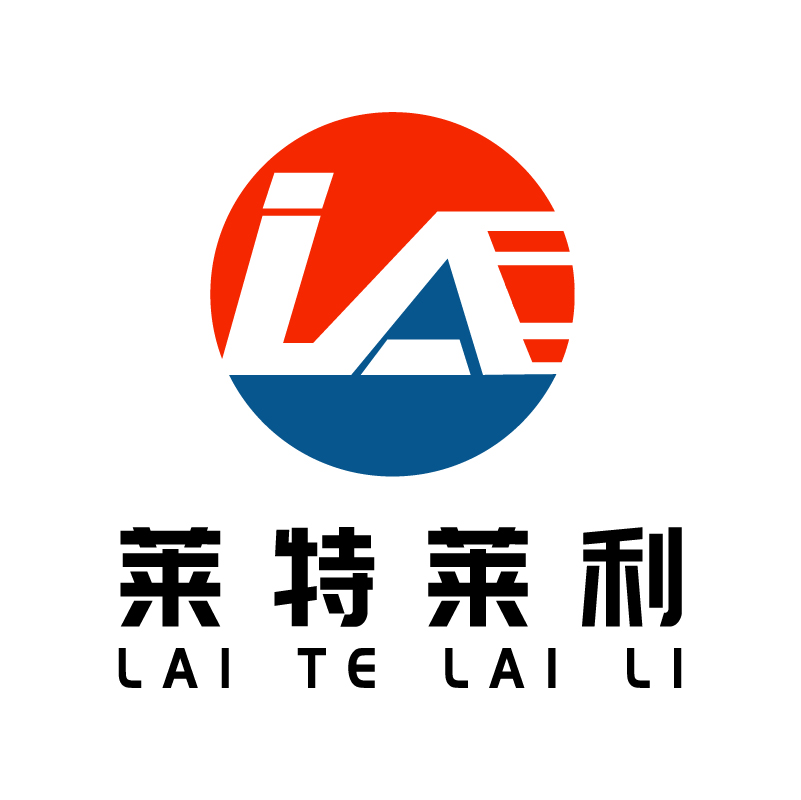Is the source of raw materials for transparent thermal label paper sustainable?
The source of raw materials for transparent thermal label paper is sustainable to a certain extent, but the degree of sustainability depends on the specific raw materials and production process. The following is an analysis of the sustainability of the raw material source of transparent thermal label paper:
Raw material composition
Transparent heat-sensitive label paper is usually composed of multiple layers of material, mainly including a backing paper (or substrate), a heat-sensitive coating and a protective layer (if any).
1.Base paper: Base paper is the basic material of thermal label paper, common base paper materials include PET (polyethylene terephthalate), PP (polypropylene) and other synthetic materials. These materials are sustainable in both production and recycling. PET, for example, is a widely used plastic that has good recycling properties and can be recycled by chemical or mechanical methods.
2.Thermal coating: The thermal coating is the core part of the transparent thermal label paper, which contains chemicals that make the label paper color when heated. The raw materials of thermal coatings mainly include colorless dyes (dark dyes), color developing agents, sensitizers, fillers, adhesives, stabilizers and lubricants. The sustainability of these chemicals depends on their source and production process. Some manufacturers may use renewable or bio-based materials to produce these chemicals, thereby improving the sustainability of heat-sensitive coatings.
3.Protective layer (if any) : The protective layer is usually used to protect the heat-sensitive coating from the external environment and improve the durability of the label paper. The material of the protective layer may also be sustainable, depending on its composition and production process.
Sustainability factor
1.Recyclability of raw materials: The backing paper of transparent thermal label paper (such as PET) usually has good recyclability. Recycling PET can reduce dependence on crude oil and reduce energy consumption and greenhouse gas emissions. However, recycling of heat-sensitive coatings and protective layers can be more complicated, as they contain a variety of chemicals and require special treatment processes.
2.Use of bio-based materials: Some manufacturers are exploring the use of bio-based materials to produce chemical components of heat-sensitive coatings, such as natural dyes and chemicals derived from plants. The use of these biobased materials can reduce dependence on fossil fuels and improve the sustainability of products.
3.Environmental impact of the production process: The production process of transparent thermal label paper may involve environmental issues such as energy consumption, wastewater discharge and exhaust gas emission. Manufacturers can reduce the environmental impact of their production processes by adopting cleaner production technologies, energy conservation measures and circular economy models.
Conclusion
In summary, the source of raw materials for transparent thermal label paper is sustainable to a certain extent, but the degree of sustainability depends on the specific raw materials and production process. In order to improve the sustainability of transparent thermal label paper, manufacturers can take the following measures:
Use recyclable backing materials such as PET;
Explore the use of bio-based materials to produce the chemical composition of heat-sensitive coatings;
Adopt cleaner production technology and energy-saving emission reduction measures to reduce the environmental impact of the production process;
Promote the recycling and reuse of waste label paper.
Please note that specific sustainability assessments also need to consider all aspects of the product life cycle, including raw material procurement, production, transportation, use and disposal. Therefore, when evaluating the sustainability of transparent thermal label paper, a number of factors should be taken into account.


